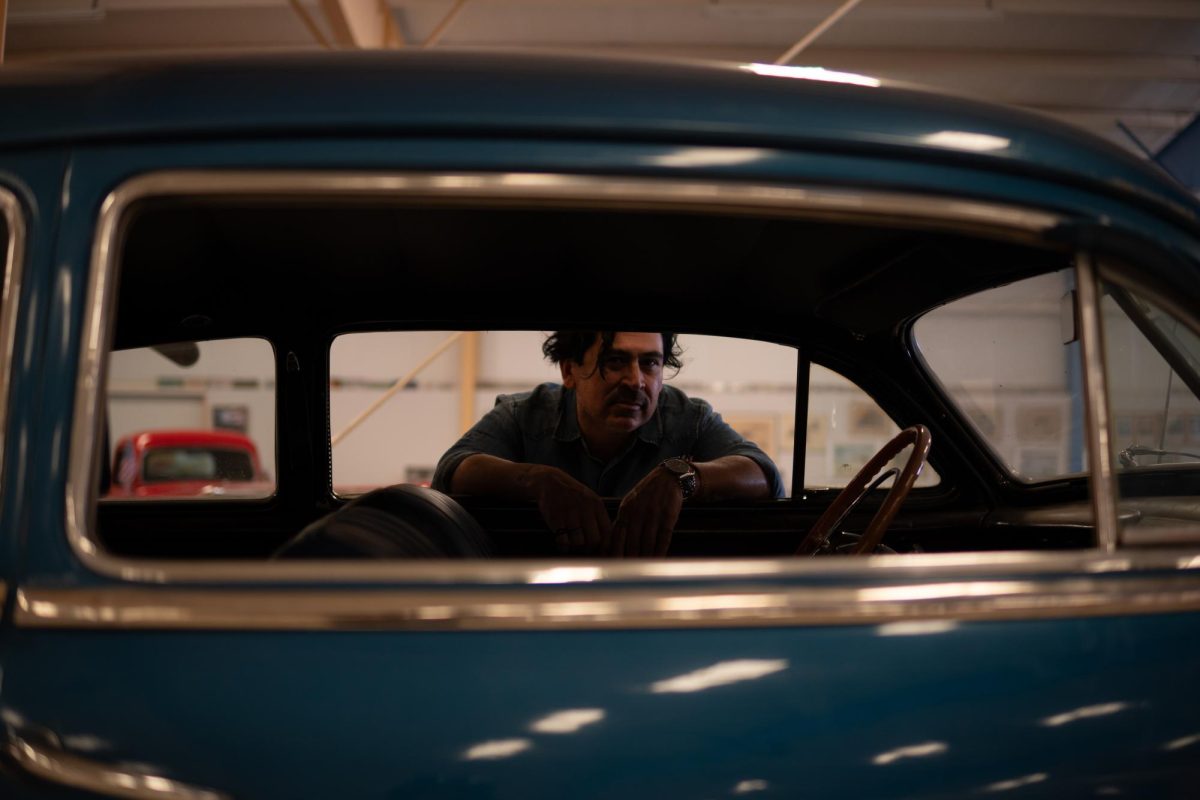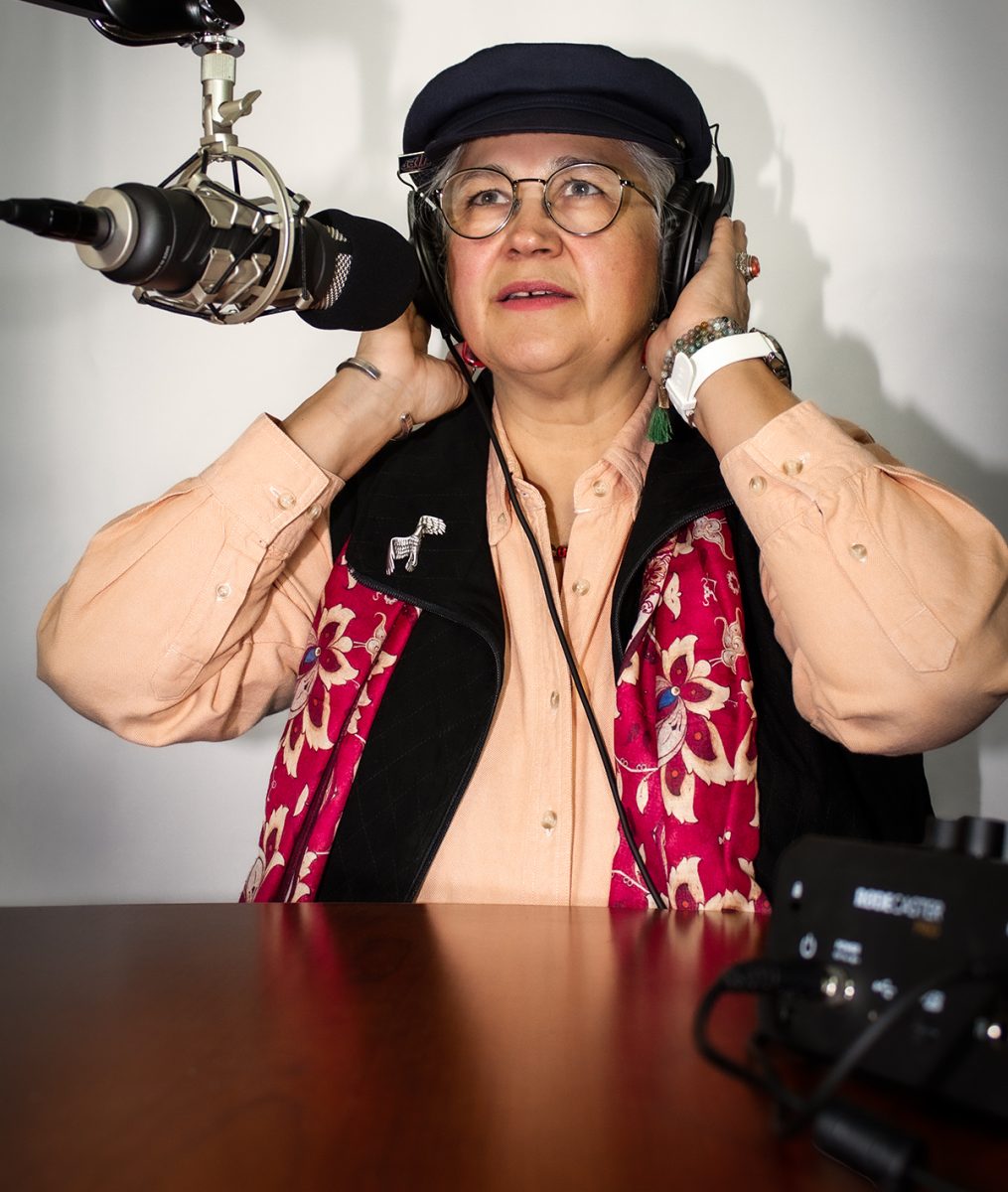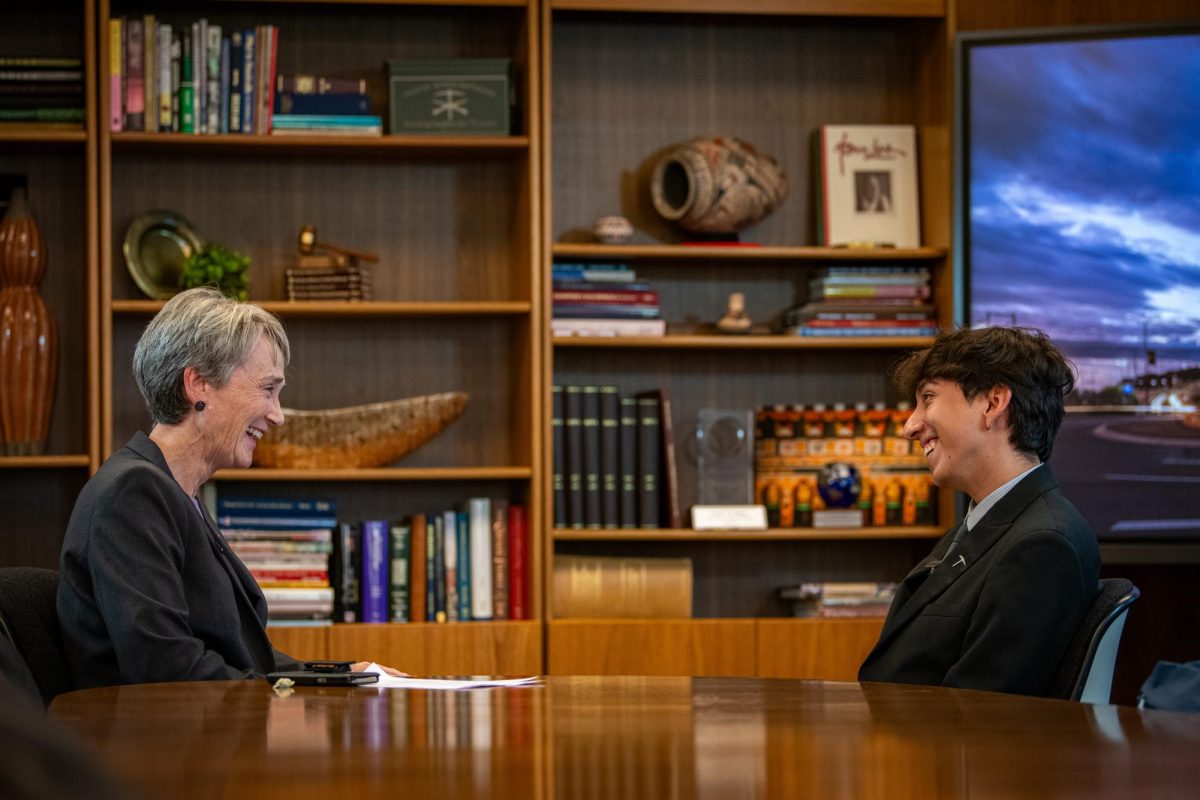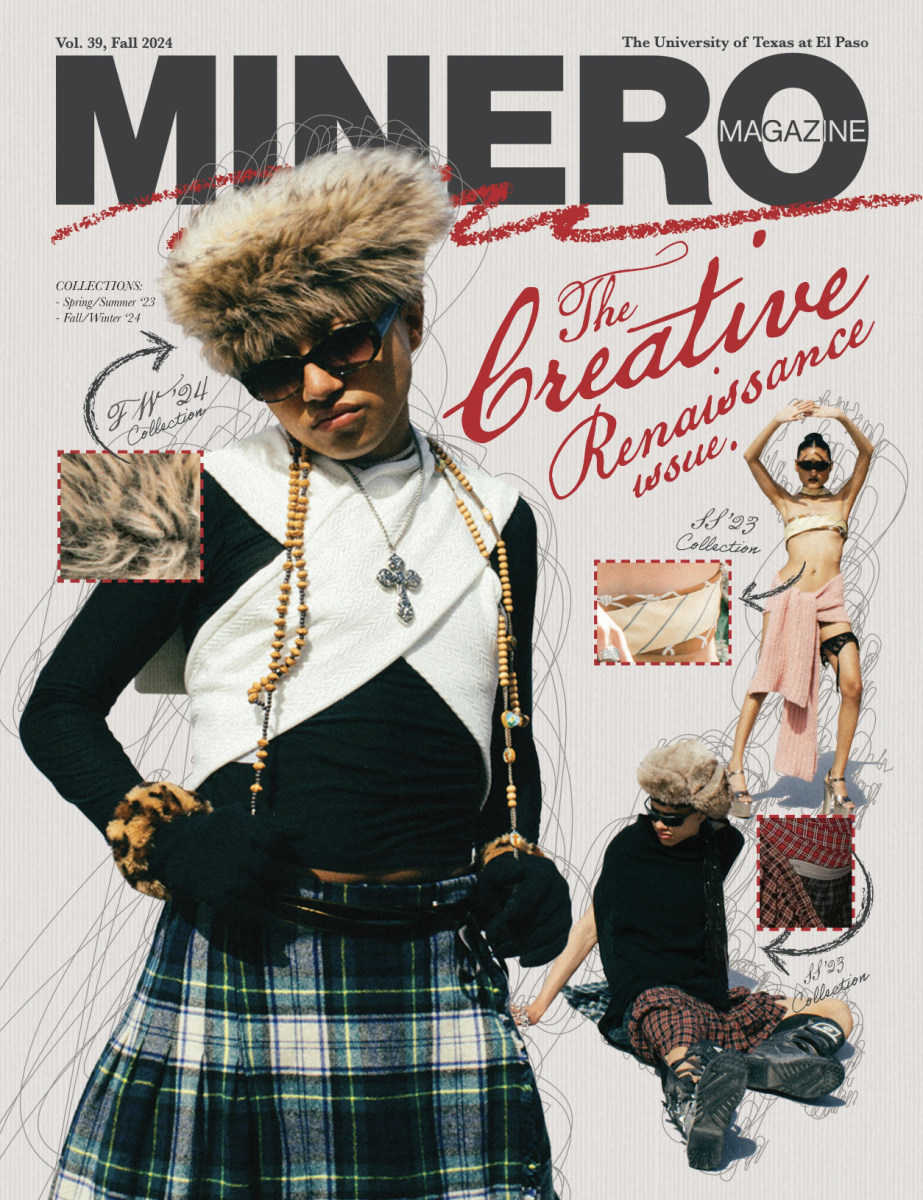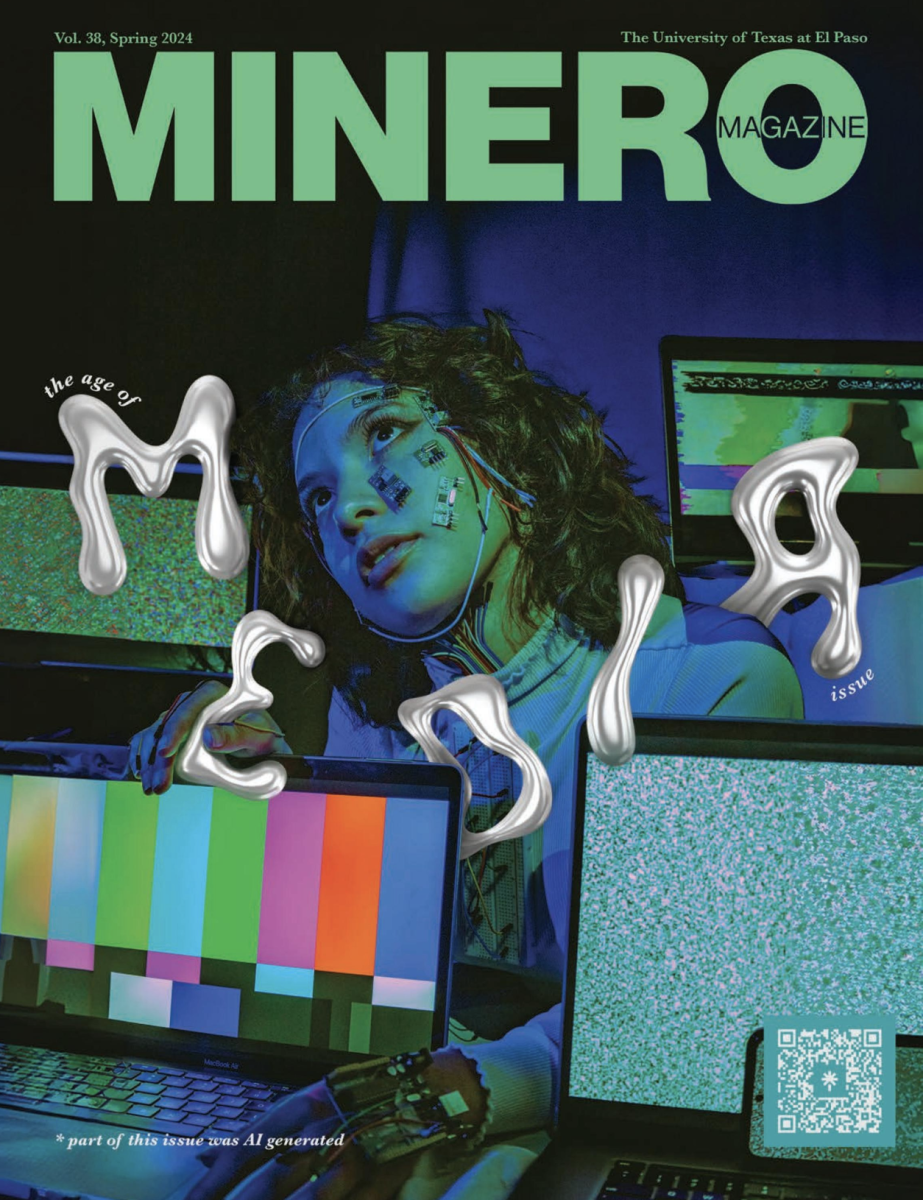Digital Memories: File management and storage concerns
February 26, 2011
The family photo album used to be where memorable occasions, such as birthdays, anniversaries, weddings, were physically preserved for future generations. They consisted of photos that were captured in one or maybe two attempts and some of them have become so fragile because they predate color photography. However because of the meteoric onslaught of digital images, the traditional physical photo album may become extinct.
Photographs have the ability to capture a moment and become a physical representation of a memory; they also can be works of art. Digital cameras make these actions easy with the virtually unlimited amount of storage and the ability to review a photo quickly and delete it before it is processed through a computer. However, this luxury compared to the traditional way of taking photographs comes with a heavy price of photo overload.
Alumnae Sonia Eubank, who received her degree in business, has dealt with photo overload many times. “I must say that I love to use my digital camera because it feels like I have an unlimited amount of photographs to take, but when the time comes to go print the pictures, I have (many) to go through,” Sonia says. “When I go get them developed, I just develop everything without even looking at them first because there are just so many.”
Although digital cameras simplify the art of taking photographs, some feel that it hinders from what originally made photos so special. David Flores, a local photographer and librarian specializing in digital media management, has experienced how photography has changed over the past several years. He feels that the advancements in technology have brought both pros and cons to digital photography. “Technology has given us more tools in photography. I like it, but it seems to have taken the magic away.”
Although dark rooms, an area where film negatives were exposed to light and projected on light sensitive paper to create photographs, are virtually non-existent, it was one of the things that Flores enjoyed about the film development process. “I loved it because you never knew what you had until you were developing the photos. But today, you can immediately go back and preview the photos.”
The digital alteration of photos is an action that became commonplace with programs like Adobe Photoshop, and some feel this digital manipulation has caused photography to become something entirely different. “Once you do something to a photo to change it in whatever way, it isn’t an original photo,” says Steve Lama, a photography instructor at UTEP. “When you take a photo, you want to keep it as original as possible.” Using a program like Photoshop can add filters and effects to photos that are not native to the camera, and that’s a tool that Lama feels, although useful, changes the original meaning behind the photo into something completely different.
He feels that trying to find that one definitive moment in photos is different now because people can take so many photos without repercussions. “Before, we would take many photos, but you always tried to get that one photo because it cost money to buy more rolls of film,” Lama says. “Now you can just go and take many photos at practically no cost.”
Unlike film rolls, which cannot be deleted by the camera, memory cards can store hundreds or thousands of photos depending on the size of the card. It may be easy to take multiple photos of the same seen and fill the memory card to capacity, but it is going back and looking, labeling and storing these photos that pose a problem. Flores calls this phenomenon picture overload. “Just like on the Internet, there is information overload; it can happen with photos as well,” he says.
Picture overload doesn’t happen at just an amateur level. Yvette Delgado, an imaging specialist for the University Library, deals with the daunting task of managing photos for events held on campus for archives. “When we get the photos, it takes a lot of time organizing and making three version of each photo. We also backup the photos and put them on a secure server.” She also explains that digitizing old photos is an extremely long process. “There has been a project going on for eight years to digitize 250,000 old photos, and out of those they have only digitized 5,000,” Delgado says.
Delgado’s task is a good example of the downside of digital photography. She describes that she has folders upon folders of files of different photographs and they are placed on a server and backed up on hard disk drives.
Amateur digital photographers also have difficulties when it comes to photo storage. When Sonia finishes developing her photos, she tends to just keep them in the same envelope they were developed in. “It’s really hard trying to sort through so many photos and keep them nice and neat; not only that, but it takes a lot of time,” she says.
Aside from the storage and management concerns created through digital photography, having to scroll or go through hundreds of images to find a picture is discouraging. Instead of developing photos that were attempted a few times and stored in a decorated folder labeled “Memories,” photographers are greeted with folder icons and files labeled “IMG002.” This phenomenon is something that Flores feels takes away the magic of traditional photography. “Having a hard copy of our memories is different than having a digital copy,” Flores says. “There is just something special about going through an actual album with somebody else.”
// EN BREVE
Los álbumes de fotos guardan nuestros recuerdos de cumpleaños, bodas y memorias divertidas. Sin embargo, parece que en la era digital, los álbumes de fotos ya se han convertido en algo del pasado.
Las fotografías son representaciones físicas de un recuerdo. Las cámaras digitales han facilitado el proceso de tomar fotos al tener un espacio ilimitado para guardar imágenes, revisarlas rápidamente e incluso borrarlas antes de transferirlas a una computadora. El precio de este lujo comparado con la forma tradicional de tomar fotos es la sobrecarga de imágenes.
“Me gusta usar mi cámara digital porque parece que puedo tomar un número ilimitado de fotos pero al revelarlas, tengo demasiadas”, dijo Sonia Eubank, graduada de negocios. La alteración digital de la fotografía se ha hecho más común gracias a programas como Adobe Photoshop. Para Steve Lama, profesor de fotografía en UTEP, estos programas son herramientas útiles, pero han cambiado completamente el significado detrás de la foto.
“Antes podíamos tomar muchas fotos pero siempre tratabas de obtener esa foto única”, dijo Lama.La fotografía digital ha traído incuestionables ventajas, pero el cambio ha hecho que se pierda la magia alrededor del proceso que significaba tomar, revelar y compartir una foto.“Tener una copia física de nuestros recuerdos es diferente de tener una copia digital”, dijo David Flores, fotógrafo y bibliotecario. “Hay algo especial en ver un álbum foto por foto con alguien más”.




